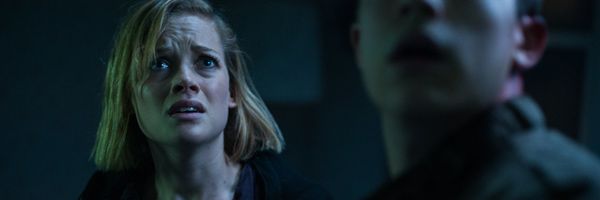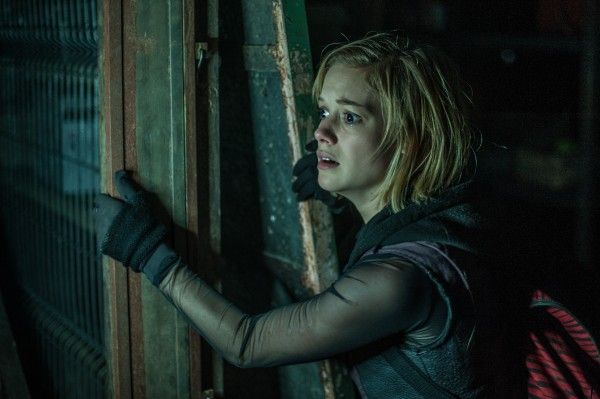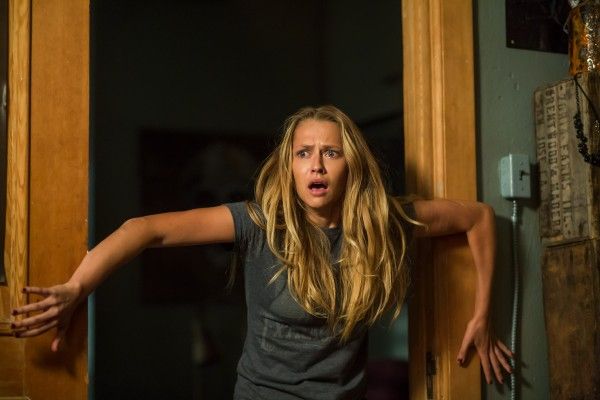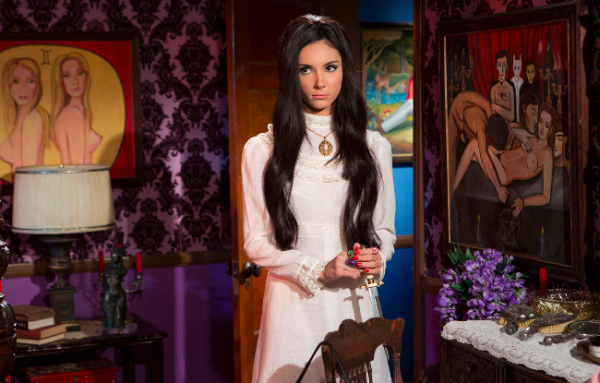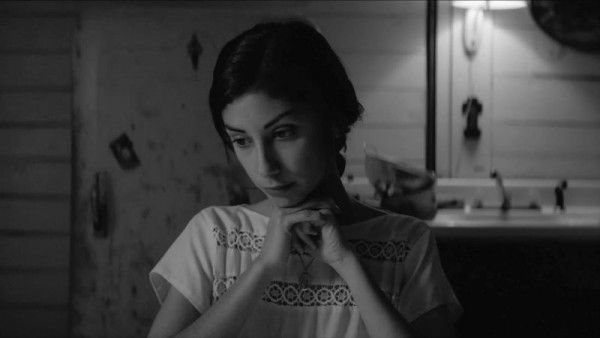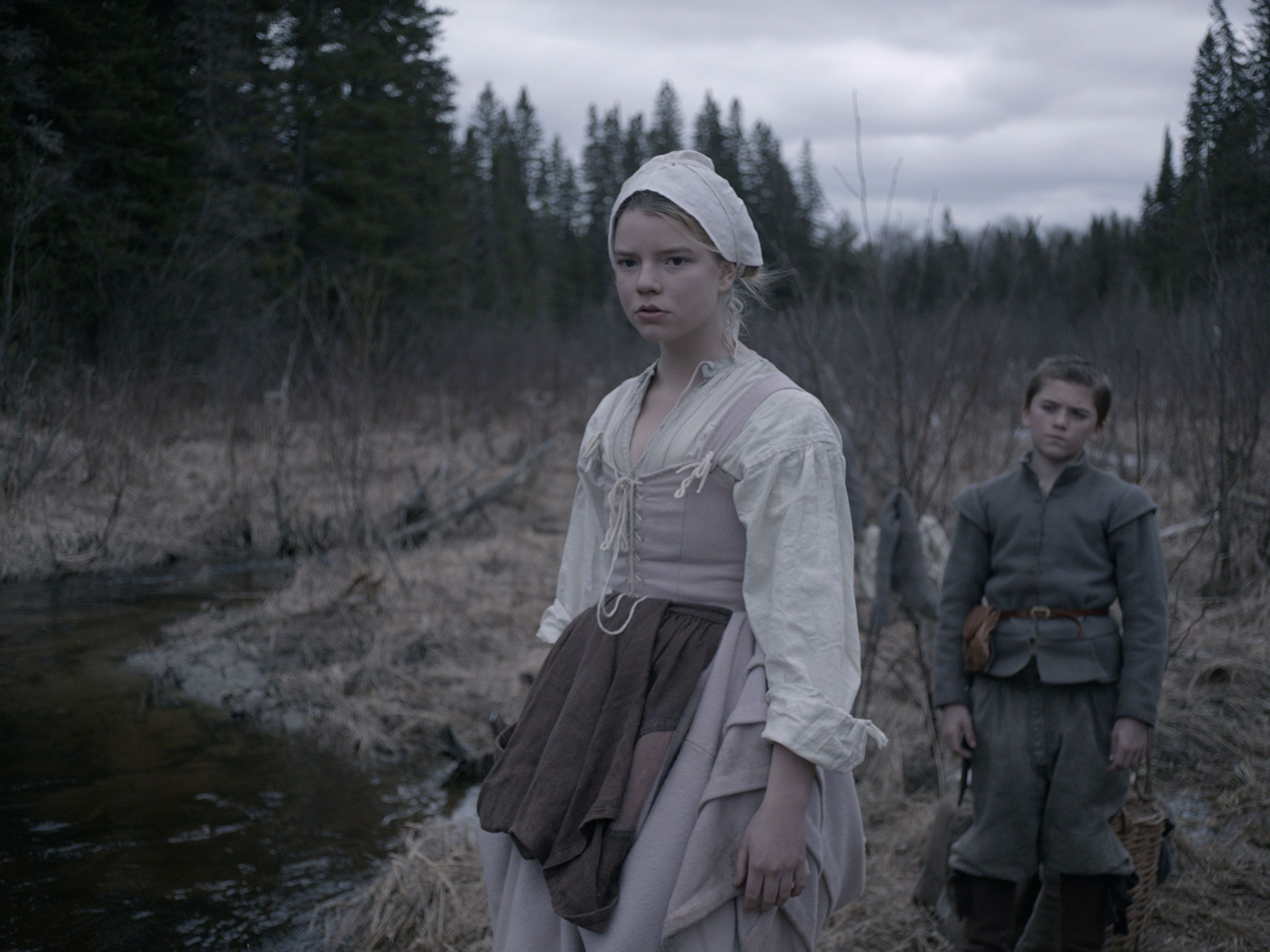No drugs, no drinking, no sex and most importantly: no blonde hair dye. The final girl, a horror trope that’s found itself particularly driven into the ground in recent years thanks to gleeful meta horror like Cabin in the Woods and (of course) Scream, has been a part and parcel of the genre for nearly as long as the horror itself has been around. And despite the fact that the girls all must check the boxes of virtuosity and an unassuming presence, they are all variations on a theme – the naive and bookish Laurie Strode in Halloween, the hip Sidney Prescott in Scream and the “absolutely-over-this-shit” Ellen Ripley. Inevitably, the horror genre has become slowly aware of the tropes it perpetuates over the last decade or so, allowing the traditions to erode in favor of slightly more progressive takes on characters, but it’s the year’s most recent glut of horror that seems to have finally progressed beyond the narrative crutch, instead diversifying the female narratives it keeps within its house of terrors.
Perhaps it would have been fair to expect a conventional approach from the guy who actually managed to make an Evil Dead remake that didn’t totally suck, but Don’t Breathe’s refreshingly perverse point of view quickly made the movie a box office phenomenon and an official star-making vehicle for director Fede Alvarez. But Jane Levy’s Rocky, a protagonist whose scrappy attitude quickly garnered her a "final girl" label of the traditional sort, is anything but boilerplate. First, the brass tacks: Rocky is no paragon of morality – a self-described delinquent and validator of her atrocious boyfriend’s conduct, the girl is in peril in the first place because she's trying to rob a blind man. Karma points? Zero. Rocky continues to escalate the violence and raise the stakes in the house (even when it's an accident), and by the time that infamous turkey baster scene goes down, well – we're not in a rape revenge film as much as a duel of the deplorables as Rocky eventually leaves the old man for dead and grabs the coveted cash in the process. As she flees like a fugitive, she also leaves those all-too familiar tropes behind. A final girl in definition, Rocky's own narrative is one she controls all too well.
But one of the year’s most surprising joys came in the form of David F. Sandberg’s efficient Lights Out, a Babadook-esque allegory of depression in a slick horror skin, carried by the spunky edge of Teresa Palmer's Rebecca (whose “punk cred” is rather clumsily established with a swipe of black nail polish and an Avenged Sevenfold poster), But as the star of the show, her given role is surprisingly masculine in her trajectory, as the fiercely independent young woman is slowly brought into the fold by malevolent outside forces that once used to beset her. In a way an epilogue to a story in which she might have been a more traditional trope, Sandberg even goes so far as to separate Rebecca from the final showdown with the spirit, transferring the burden of vanquishing Diana (and of settling as a device) to another character entirely, leaving Rebecca to emerge unscathed not by herself, but with a new family unit.
Aping the traditional home invasion structure perhaps most directly from Bryan Bertino's The Strangers is Hush, Mike Flanagan’s thoughtful deconstruction of classic horror narratives thanks to the forward thrust of one plucky and entirely rebellious leading lady. Maddie, a deaf-mute author whose idyllic suburban home inadvertently makes her a perfect target for senselessly random acts of violence via a no-longer-charming John Gallagher Jr., appears to be a traditional final girl in her very DNA. Virtuous, bookish, and with a knack for leaving sliding doors open, Maddie might as well be Laurie Strode for the new millennia, but where Laurie exerts her power over Michael Meyers with a well-placed wire hanger and a weak scream, Maddie uses her knack for narrative (she's an author, after all) for a brainy, meta-takedown of the masked intruder. Literally re-writing her story as the film progresses to provide the would-be damsel with an outcome she desires, Maddie is a final girl whose wit elevates her from trope to active participant, offing her foe with a well-placed picture of domesticity (that'd be a corkscrew to the neck), if only for a chance to relax on her patio with her cat, undisturbed.
Then there are the films of the year that dispense with the concept of morally whole female protagonists entirely – Anna Biller’s The Love Witch, which finds ‘60s babe Elaine transformed from perceived doe-eyed purity to a malevolent force that reads like a winking anti-feminist warning of the backlash of feminine self-empowerment. There’s The Eyes of My Mother, a film that finds the inner monstrosity of a quiet, well-behaved and well-educated young woman whose love for her parents is only paralleled by her fondness for bodily dismemberment. But perhaps most interestingly is the year's first – Robert Eggers' boot-shaker of a gothic horror, The Witch, which tracked the slow dissolution of family order thanks to creeping doubt and outside dark forces as the young Thomasin eventually finds herself drawn towards the darkness she is accused of. In the film’s final scene, as her family lie dead at her homestead, she joins the unholy fold of the witches in the woods. She ascends, nude and untethered, into the air. The final girl is finally free.

